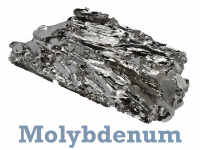Setting Acid Number and Base Number Limits There is a rule-of-thumb that oil should be condemned at double its new oil Acid Number, or at half of its new oil Base Number. The problem with this rule is that is has too many exceptions to be valid. Rather than identify the valid instances, it is…
Read more
Setting Acid Number and Base Number Limits







